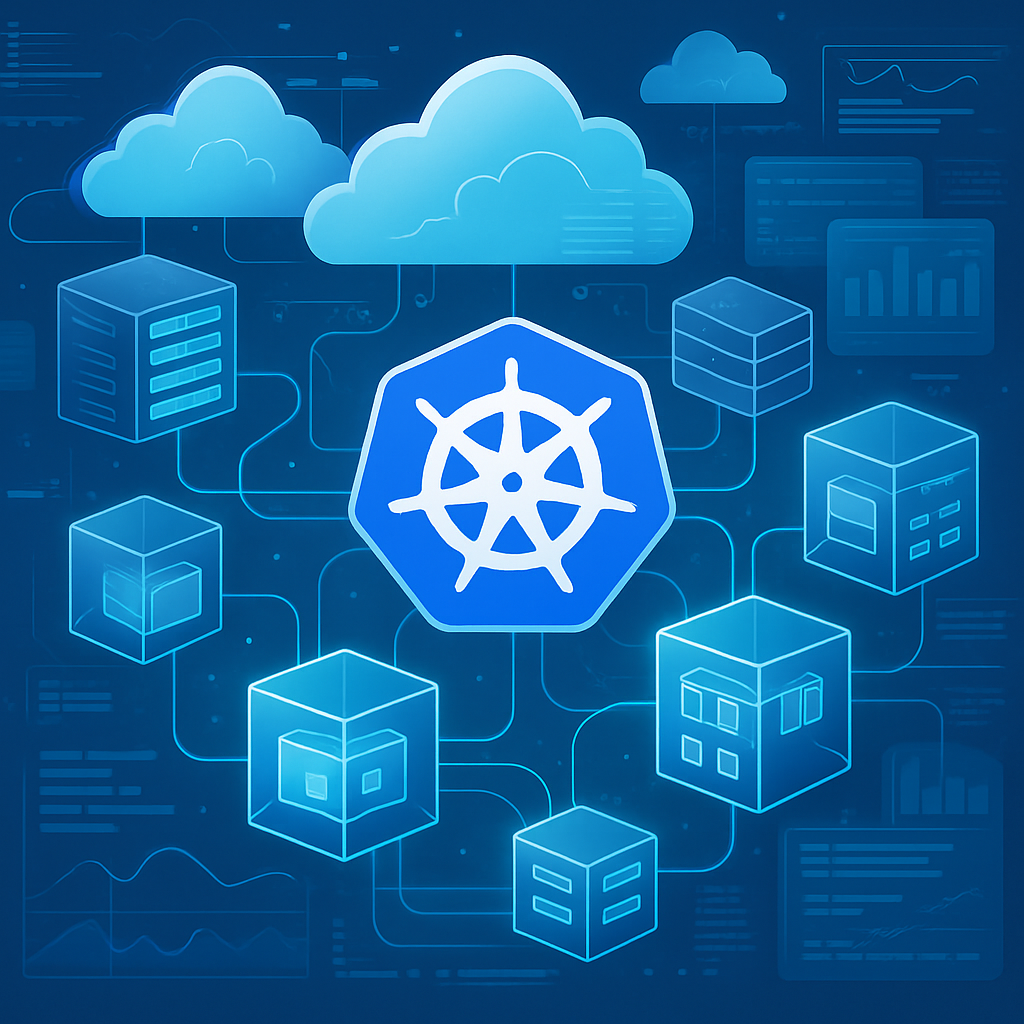☁️ Cloud-Native Software & Kubernetes – A Simple Explanation (2025)
The way we create modern software has undergone significant changes in recent years. Many companies now use cloud-native software and a tool called Kubernetes to create quick, scalable, and adaptable applications. But what do these terms mean? Let’s break them down in easy-to-understand terms.
🧱 What Does Cloud-Native Software Mean?
Developers design cloud-native software to run in cloud environments such as Amazon Web Services (AWS), Microsoft Azure, or Google Cloud. These apps have adaptability, allow for easy updates, and can expand as your business needs grow.
🔑 Main characteristics of cloud-native software:
- 🧩 Developers build the app in small chunks (known as microservices). This lets them update one part without messing with the whole thing.
- 📦 The app runs in containers (think of them as boxes that hold code and its settings).
- 🚀 It’s easy to scale up to handle more users or data.
- 🔁 Teams can update it often using CI/CD pipelines (these are tools that put new code out there ).
- ☁️ It works on different cloud platforms.
🤖 What is Kubernetes?
Kubernetes (often shortened to K8s) serves as a robust platform to manage and run containers. You can think of it as a supervisor that directs containers telling them where to go when to begin when to stop, and how to respond if issues arise.
📌 Key functions of Kubernetes:
- 🔄 Launches, halts, and reboots apps without manual input.
- 📊 Distributes traffic to prevent overload on any single component.
- 🧠 Fixes itself if a part of your app fails.
- 🎯 Aids in deploying updates without disruption.
- 🔐 Handles app configurations and sensitive data with high security.
🚀 Why Companies Use Cloud-Native and Kubernetes in 2025
A growing number of companies are switching to cloud-native apps with Kubernetes for these reasons:
- ⚡ They aim to push out new features more
- 📈 They need to scale for more users and higher traffic
- 💰 They want to cut costs by using resources on demand
- 🌐 They plan to operate across multiple clouds (such as AWS + Azure)
These tools help teams create better apps, in less time, with improved security.
🧪 Real-Life Examples
Here’s a list of well-known companies that use Kubernetes today:
- 🎬 Netflix: Uses Kubernetes to provide streaming services to millions of viewers across the globe.
- 🎧 Spotify: Applies it to handle its music offerings and .
- 💳 Banks and fintech apps: Employ Kubernetes to create secure instantaneous applications.
🧠 Closing Thoughts
Put , cloud-native software represents the future of app development, and Kubernetes stands out as the top tool to handle these apps. Working together, they allow companies to create robust, speedy, and adaptable apps that are a breeze to manage even on a big scale.
If you’re into software development right now, getting to grips with these tools will give you an edge in the tech industry.
